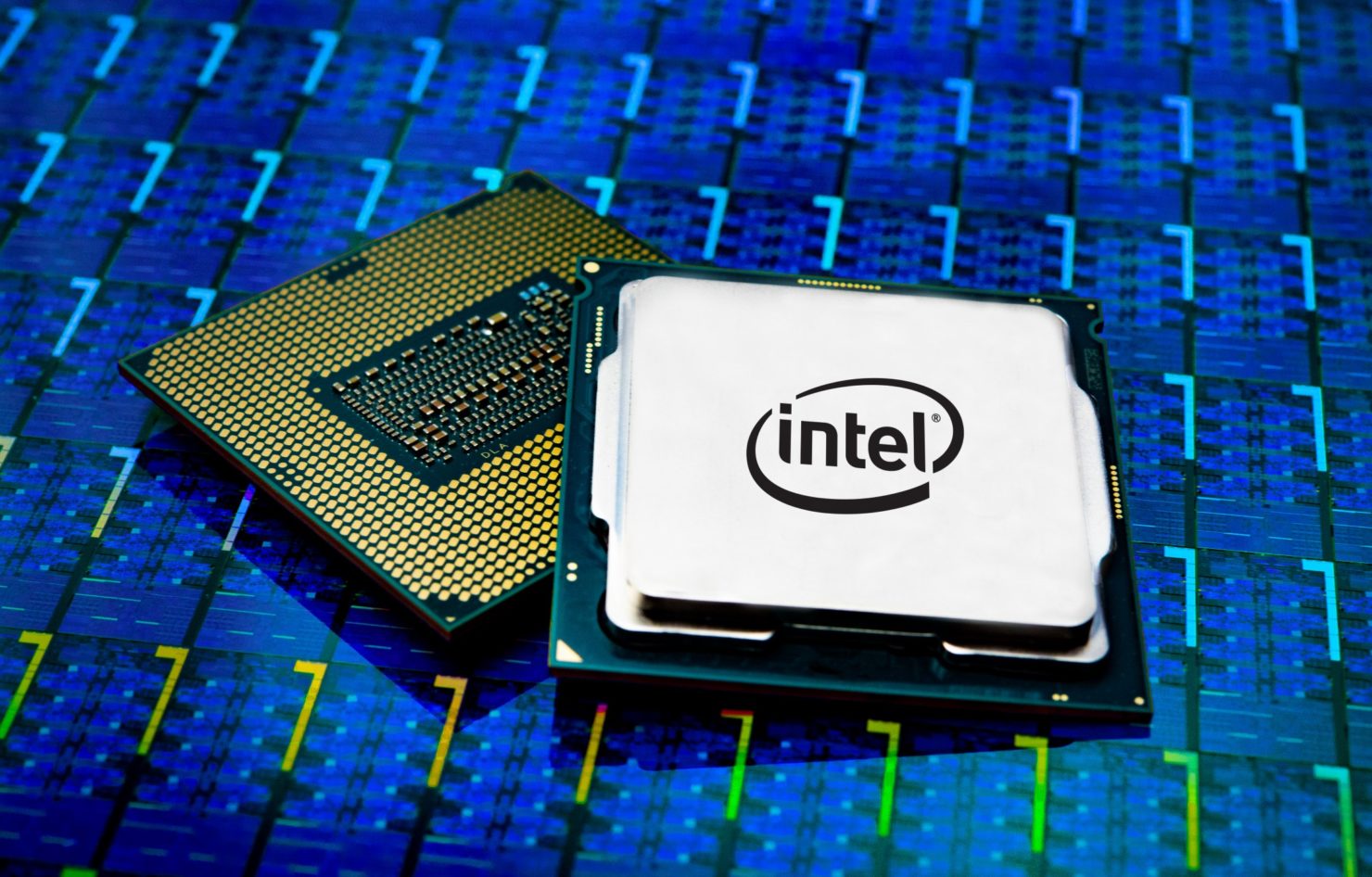Intel has been working on its 10th generation desktop family codenamed Comet Lake-S. There have been many leaks around the details of the SKUs that will be released later. A few months ago, the whole lineup of the SKUs under the Core lineup was leaked, although the SKUs under the Pentium, Xeon, and Celeron families were not present in the list. The leak presented the details around the processors showing the 6th iteration of Intel’s 14nm node under the Skylake core architecture. It’s interesting to see what Intel is cooking under the old architecture to stay relevant against AMD’s Ryzen processors.
Last year AMD released the Ryzen 9 3950X processor that crushed Intel’s offerings on almost all front. The flagship processor was the first consumer-grade processor to feature 16 cores. It’s 12 core sibling called Ryzen 9 3900X was a feat on its own as well. Though Intel’s offerings were far below these processors considering many tasks, gaming was purely in favor of Intel’s processors.
The leaks around the 10th gen Comet Lake-S series are still going, and a benchmark has been recently surfaced that shows the improvements that Intel has made. Before getting into the details of the leaked benchmark, let us do away with the specifications of the Core i9-10900K processor.

Core i9-10900K
The Core i9-10900K is going to be the flagship processor of the Comet Lake S series of processors. It will be the direct successor of the Core i9-9900KS, and Intel will bank on its refined architecture to offer even better performance than its predecessor. According to Videocardz, It will be a part of 125W chips and will feature ten multi-threaded cores. The processor will have a total of 20MB of the cache. There are many reasons why processor manufacturers want to shift to a smaller node, but if there is one reason in favor of a bigger node, that would definitely be higher stable clock speeds.
Intel wants to take advantage of the aged node as the Core i9-10900K will offer 3.7GHz of base clock speed and 5.1GHz of boost clock speed. On top of it, using Intel’s turbo boost 3.0, the processor can boost up to 5.2GHz on one of the cores. Moreover, the turbo boost will also feature 4.9GHz of all core boost. All in all, it’s safe to establish that the processor will pack a serious punch in terms of clock speeds.
Lastly, the 10th generation features such as Active Core group tuning, Enhanced Core and Memory overclocking, and support of DDR4 2933MHz dual-channel memory will be supported.
Fire Strike
i9-10900K 10C/20T 3.7GHz base 5.1GHz boost
ASRock Z490M Pro4
2x8GB DDR4 3200MHz
Physics score : 28940
Previous physics score with 4x16GB DDDR4 2666MHz : 28988
3900X 2X16GB 3200MHz : 29955
3900X 2X16GB 3400MHz : 30084
3900X 2X16GB 3200MHz : 30415 pic.twitter.com/9GfiQoSNUA
— _rogame (@_rogame) March 1, 2020
Leak
The latest benchmark of the Core i9-10900K has been leaked again, and this time the results were posted under the Z490 motherboard platform rather than OEM branded LGA 1200 platform, thus enhancing the credibility of the leak. _Rogame posted the benchmark, and it shows that the processor manages to get a score that is very close to the score posted by AMD Ryzen 9 3900X processor.

It was able to score 28940 points in 3D Mark’s Firestrike benchmark. The test setup included two 8GB sticks of DDR4 memory running at 3200MHz. A similar setup with AMD Ryzen 9 3900X yielded a score of 30415. It is just marginally ahead of Intel’s ten core offering, leaving it to Intel’s software optimizations once the processor is released in the market. One must also take into account that Intel’s processor has a high clock speed advantage while the AMD’s processor has more clocks and threads.
It should be noted that both processors do support better memory configuration too, so take the scores mentioned above with a grain of salt. If we talk about the thermals and power consumption figures, then Intel’s processors based on 14nm++(+?) architecture are no match against AMD’s processors based on 7nm architecture. Industry insiders have already mentioned that the Z490 motherboards are created, taking into accounts the high thermal yields of the Comet Lake processors.
Final Words
If the leak is to be trusted, then it may prove to be a ray of hope for Intel (for a short time, however). AMD is eating up market share from Intel on all fronts, and Intel really needs to get its act straight. Only 5% difference is not big, careful pricing and better integration may sway people in favor of the Core i9 processor.
On top of performance and pricing, Intel needs to revamp its CPU strategy and try to hit its roadmap goals in time if it wants to hit AMD back. Rumors around the pricing structure do point out that these processors will start at lower prices than their respective predecessors. It will provide the much-needed push that Intel needs to keep itself relevant in the mainstream desktop market. These processors may launch sometime in April.


